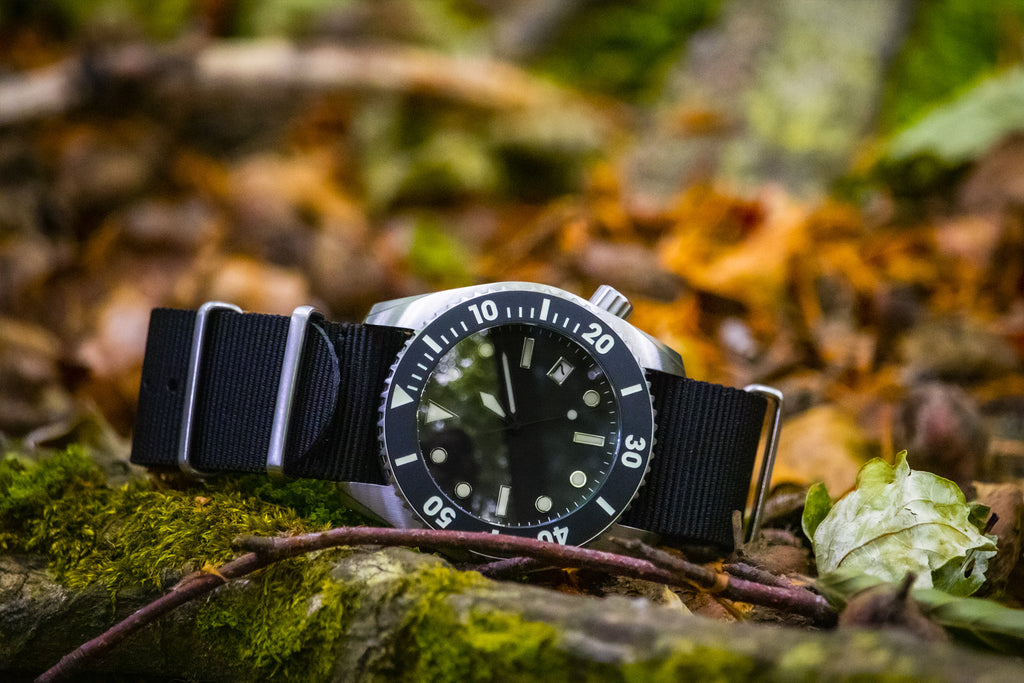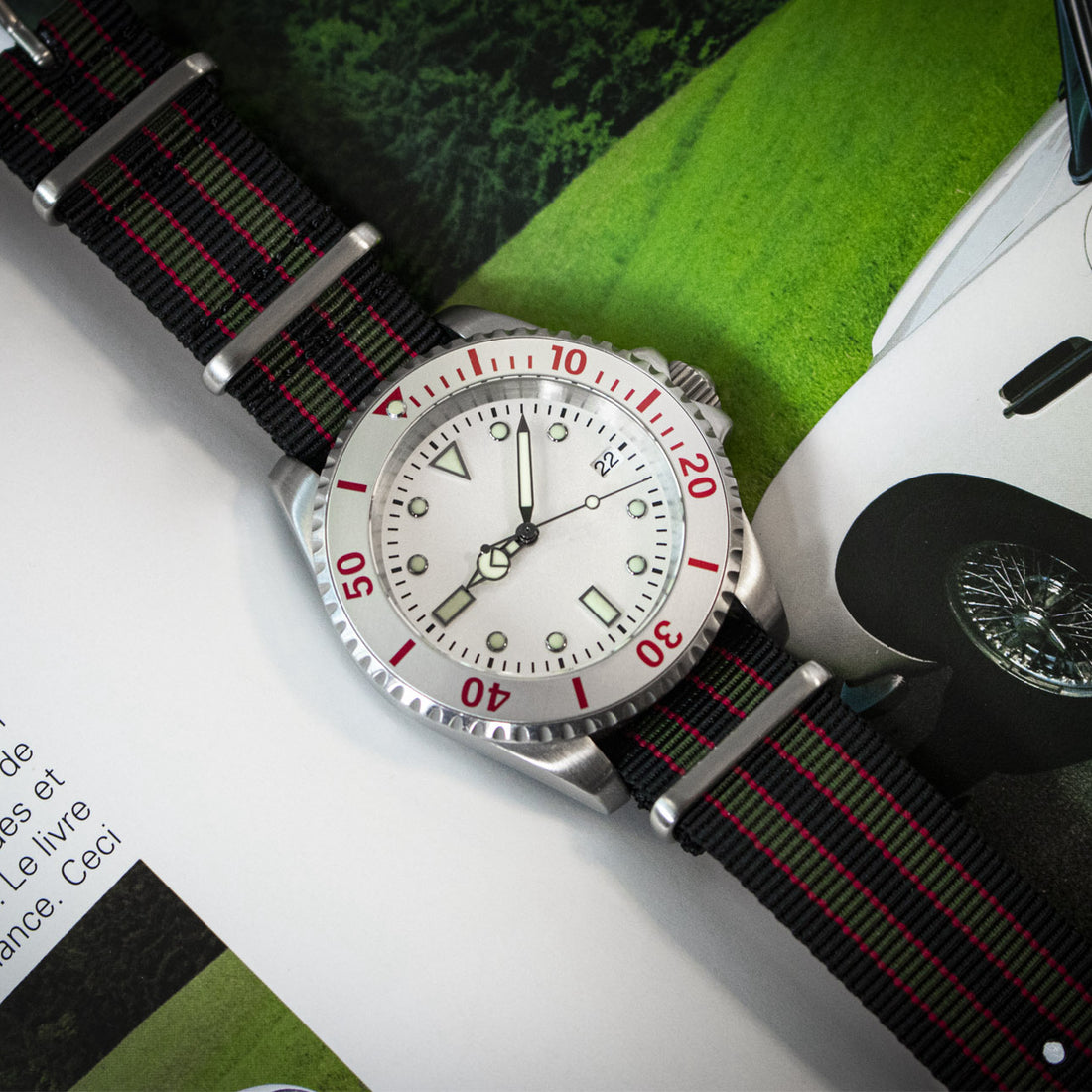
January 14th 2024 was a memorable day in Denmark. On this day Her Majesty the Queen abdicated after exactly 52 years on the throne. More than half a century she had been a beacon, the monark, and an institution that the Danes are immensely proud of.
The abdication, which was the first of its kind in almost 900 years, made way for her first-born son, Crown Prince Frederik. Frederik, a father of four and married to Crown Princess Mary of Australian origin, took the reigns and became King Frederik X.
Why is this even remotely relevant in a story about NATO straps? There are several reason for that. King Frederik is what is known in Danish as a 'frømand', which is the name of a member of The Frogman Corps -a maritime special operations force of the Danish Armed Forces. It compares to US Navy Seals or the UK Special Boat Service. It is an elite force and it requires extraordinary skills and stamina to graduate from the extremely tough training. Since its inception in 1957 only 311 have graduated and the King is one of them.
On the day of his coronation he wore an Omega Seamaster special edition, made for the Frogman Corps, and he wore it on a NATO strap. Of all the watches he could have chosen for this very special occasion he went with a relatively humble Seamaster on an even more humble grey NATO strap!

Photo: Getty Images
After wearing our admiralty grey NATO strap for a month now, I have fallen back in love with it. At Enoksen, we have introduced a number of new straps and bracelets recently, which has made us somewhat forget about the NATO strap.
It is nonetheless extremely comfortable to wear, robust, elegant, secure, and as relevant in the surf as it is in the board room. Perhaps most of all - a great companion to any tool watch, and a strap that doesn’t try to upstage the timepiece it’s attached to.
Even though the NATO strap has been the choice of professionals for more than 50 years, it has taken some time for it to capture the imagination of the masses and to achieve mainstream popularity. The recent coronation in Denmark will no doubt change that.
It is ideally suited for an active lifestyle, yet retaining an elegance and suitability for everyday use.
The straps are made from fast drying ballistic nylon webbing that allows it to be easily washed and dried within minutes, living up to its low maintenance reputation. This means that the NATO strap will not rot or break like conventional leather and silicon straps, straps that have been the more popular choice in the past.
The admiralty grey NATO strap was the first colour chosen by the UK Ministry of Defence in 1973. All subsequent NATO straps trace their origins back to this particular variant. The original specification of what we today term "the NATO strap" was laid down by the UK Ministry of Defence and was called Defence Standard 66-47 Issue 2 Publication Date 30 March 2001. The specifications which preceded this were Def Stan 66-47 Issue 1 dated 13 November 1992 and two earlier standards, Def Stan 66-15 (Part 1) Issue 1 – Strap (Nylon) dated 30 November 1973 and Def Stan 66-15 (Part 2) Issue 1 – Strap (Leather/Nylon) dated 31 January 1974.
Nearly 50 years on, this choice has since expanded from grey to RAF Blue, Black, Navy Blue, and then to the iconic James Bond dark grey/light grey pattern strap as well as Olive Green. Following these, a large number of variants in regimental colours, such as Search and Rescue SAR (bright orange) and different designs in national colours, police unit colours and various camouflage options for specific situations. The high-tech, ballistic nylon webbing is ideally suited for use in military watch straps due to its robustness, comfort and resilience.

With credentials like this, the NATO watch strap is perfect for all extreme activities. The design characteristics reduce the total risk of losing a watch to virtually zero thanks to its clever yet simple design. These straps are held securely at two different points, making it very difficult for it to come off the wrist.
Beyond the UK, NATO straps are frequently used by military units around the world, having a large fan base among serving military to use on a wide variety of military watches.
So in summary the NATO strap is what you should wear your watch on when you have action on the agenda. Be it diving, hiking, cycling, riding, climbing - anything where you need accurate time keeping, and where you run the risk of losing your watch to the elements. And as the King of Denmark (who is also a Deep Dive owner - but that is a totally different story) demonstrated, the NATO strap can really be worn in style on even the grandest of occasions.

